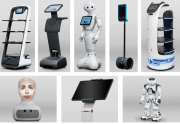6 Main Ethical Concerns Of Robots In The Service Industry
The ethical issues of robots working in the service sector
To maximize the efficiency of robots, we suggest companies take note of the following ethical issues:
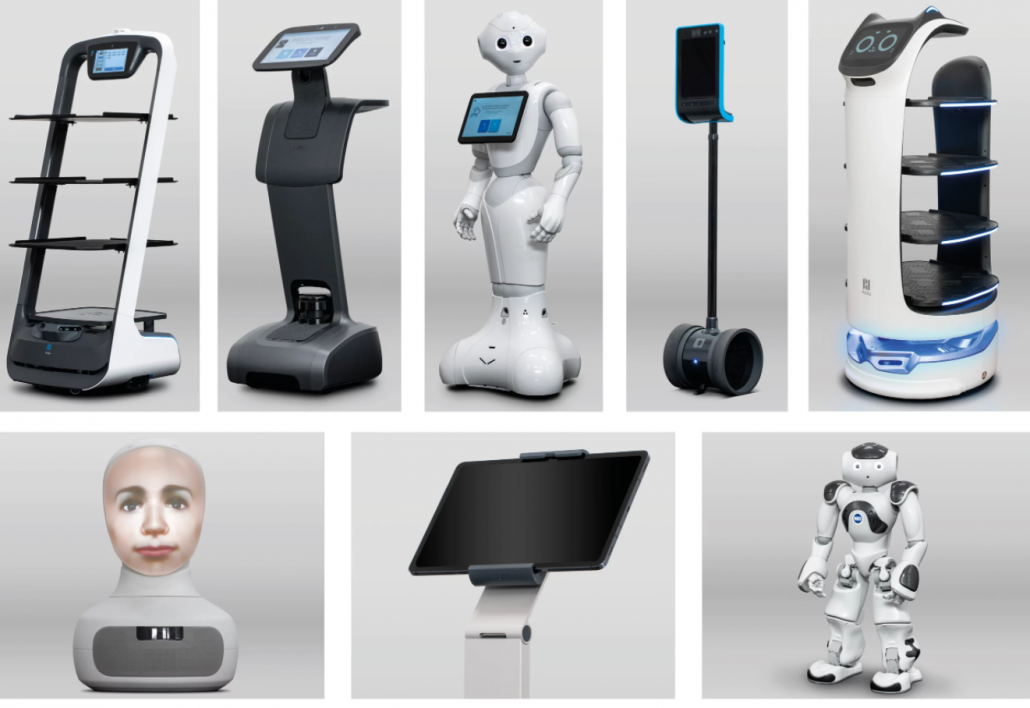
Social Cues:
Accordingto the results of this study as a robotic system exhibits social cues, the more likely users desire to use it. So, robots must provide an experience that is as close to human interaction as they can and, therefore, should include social elements.
However, a service robot shouldn’t be able to replace or hinder human-to-human interactions. It is essential to consider this when a business intends to employ robots for service delivery settings.
Security and trust:
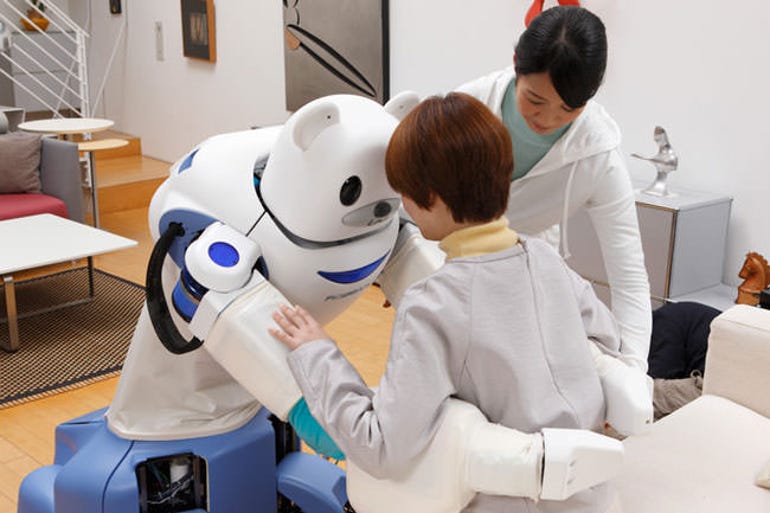
The extent to which the robot is considered secure and reliable is essential in the decision of the user to make use of the technology.
While it is true that the designers and producers are accountable to create machines that can be trusted by their users as well, the companies that employ the service robot have to be able to guarantee this important aspect.
Independence:
Even though in our particular case this factor did not affect the decision of the user to utilize an automated system, the concept of being able to limit the autonomy of a robot is found in ethical codes.
We believe that any company that uses the service robot must be able to control the autonomy of a robot, particularly when the consequences of the actions of the robot cannot be completely controlled.
Responsibilities:

A robot’s responsibility for its actions is crucial to the purpose of using the technology. So, businesses that use the service robot must be aware of this aspect and clearly state, before the introduction of their machine, the person who will be accountable for the actions of the robot. In addition, because of liability issues the actions and decisions should always be easily traceable.
Privacy And Protection Of Data:
Privacy and data protection are key factors when deciding whether to use the robot. The first thing to consider is that a business using the service robot must be mindful of its customers’ rights to privacy.
Since transparency (i.e. transparency about the purpose, method, and manner in which data is being collected) results in an improved user experience We advise businesses (and their service robots) to be open about the use and collection of the data of their customers.
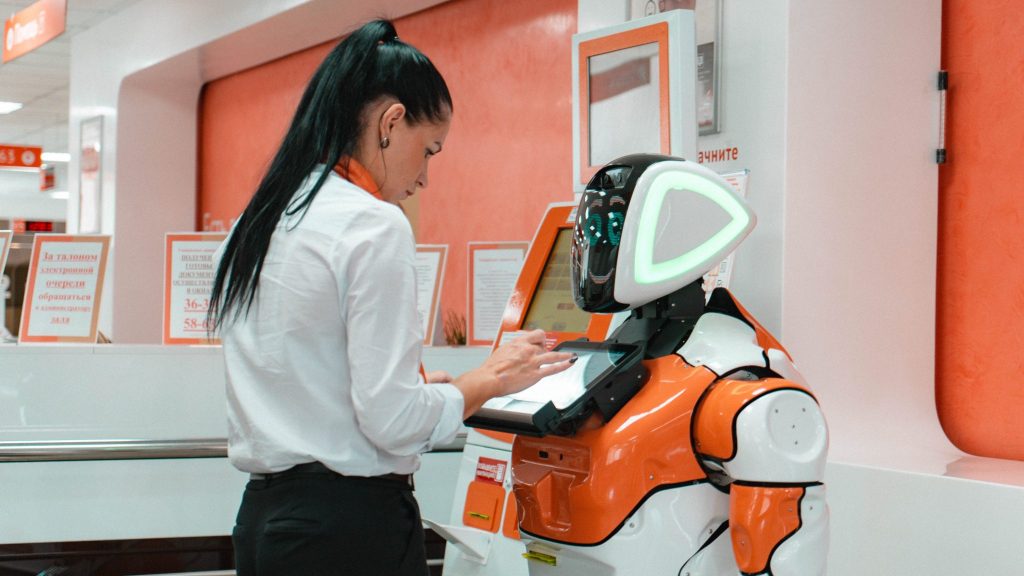
Additionally, businesses that use customer service robots must be sure to protect their customers’ data by encrypting and protecting the information. In addition, they should ensure that the collection of data by robots complies with the local and official guidelines.
Additionally, a variety of questions of legal and regulatory nature need to be taken into consideration when physical robots are integrated into cloud-based services.
Human Replacement For Workers:
Though this variable was not considered to be crucial in our study, the best methods for dealing with the subject matter can be identified.
An organization should involve its employees in the decisions and decisions relating to the robot’s service including the selection of the robot or the decision-making regarding the scope of its work.
If a robot can take over an employee’s job it is the responsibility of the company to train its employees for a new job.
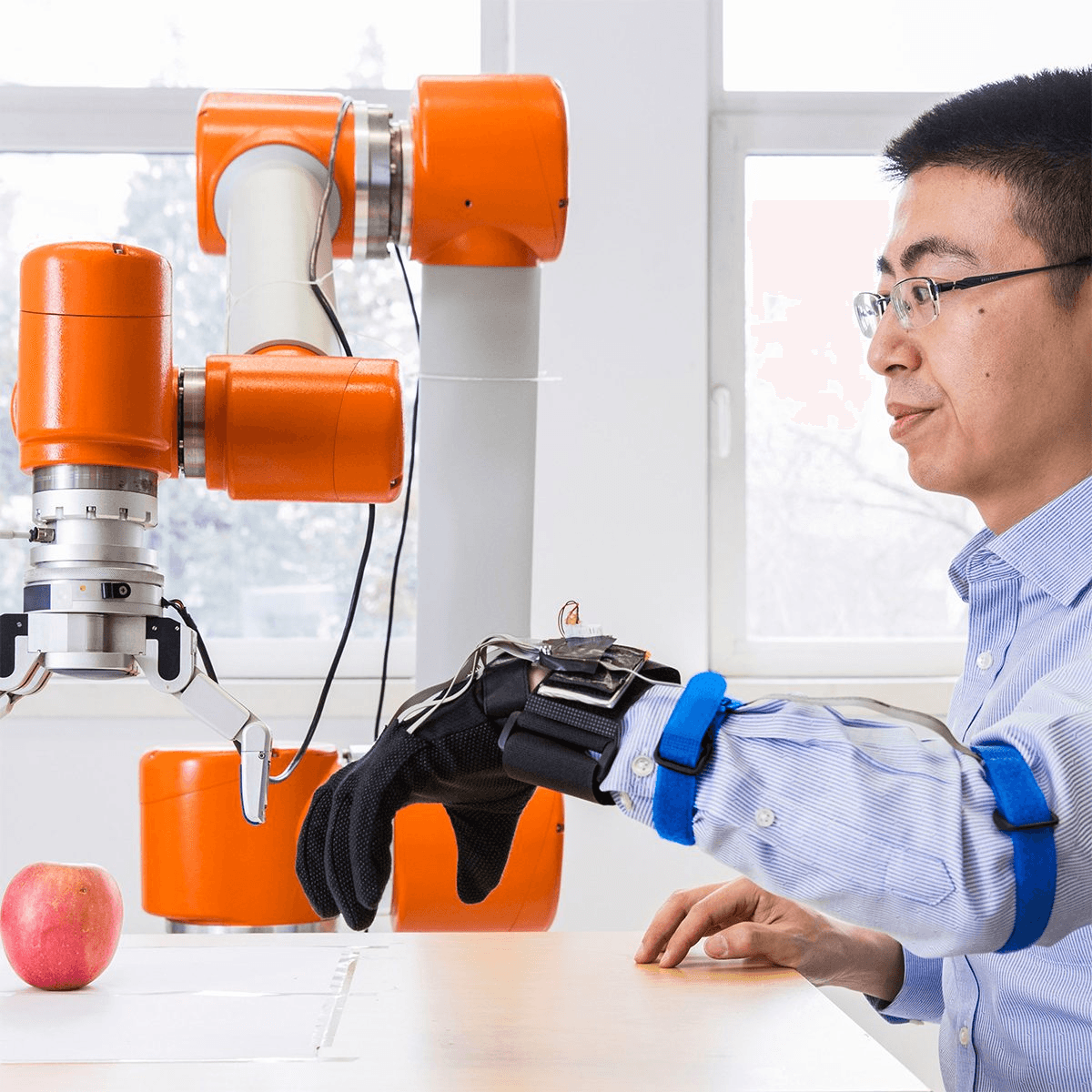
Several businesses are in a phase of the digital transformation process in hopes of cutting costs, delivering an exceptional customer experience, or boosting productivity.
The trick is to strike an optimal balance between the company can reduce its expenses while also enhancing the work of employees while at the same time, the customers feel the benefits through the use of the latest technology.
The social impact of this technology is likely to be huge in the coming years, and ethical concerns are at the center of the discussions on this topic.

